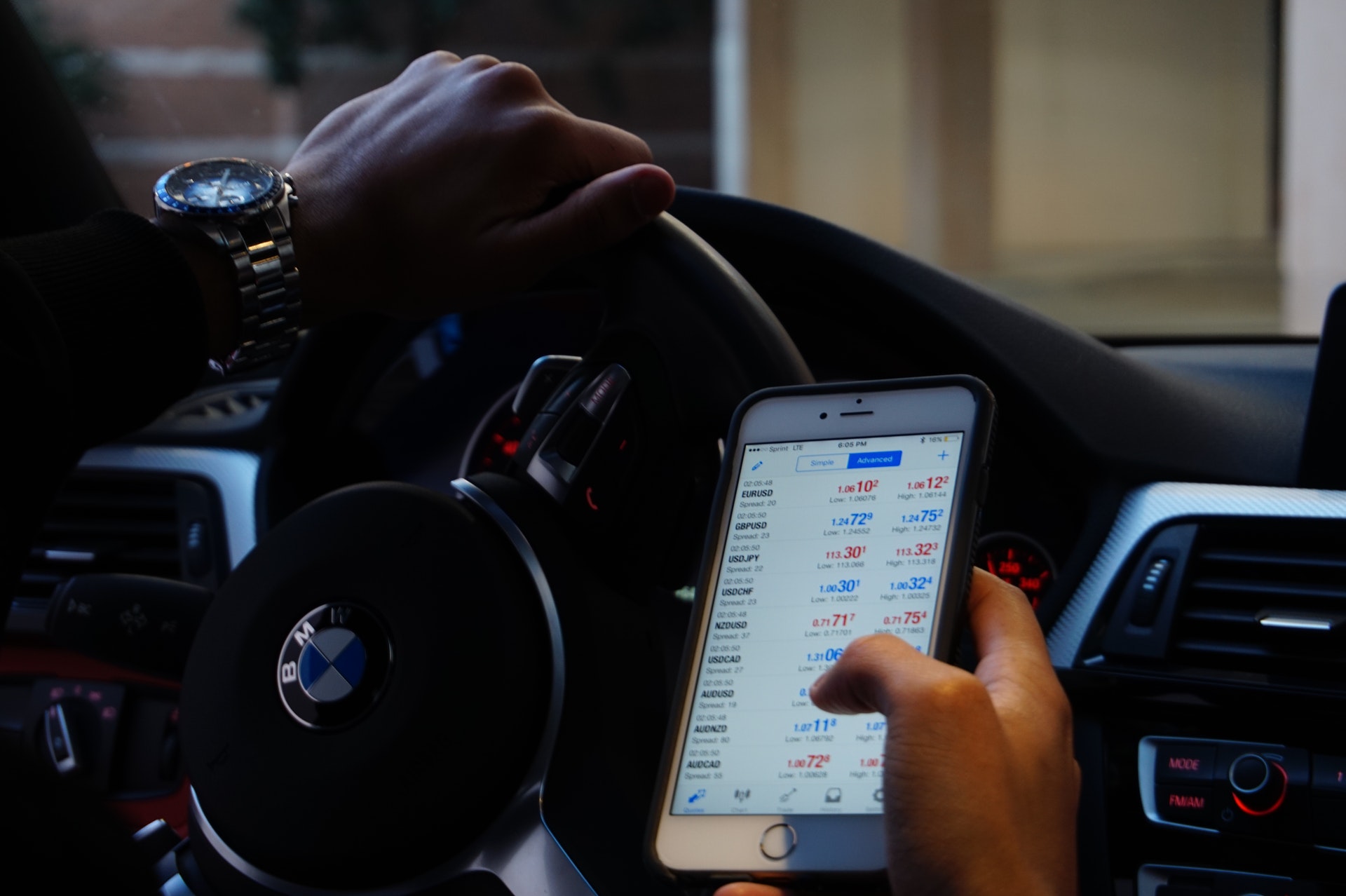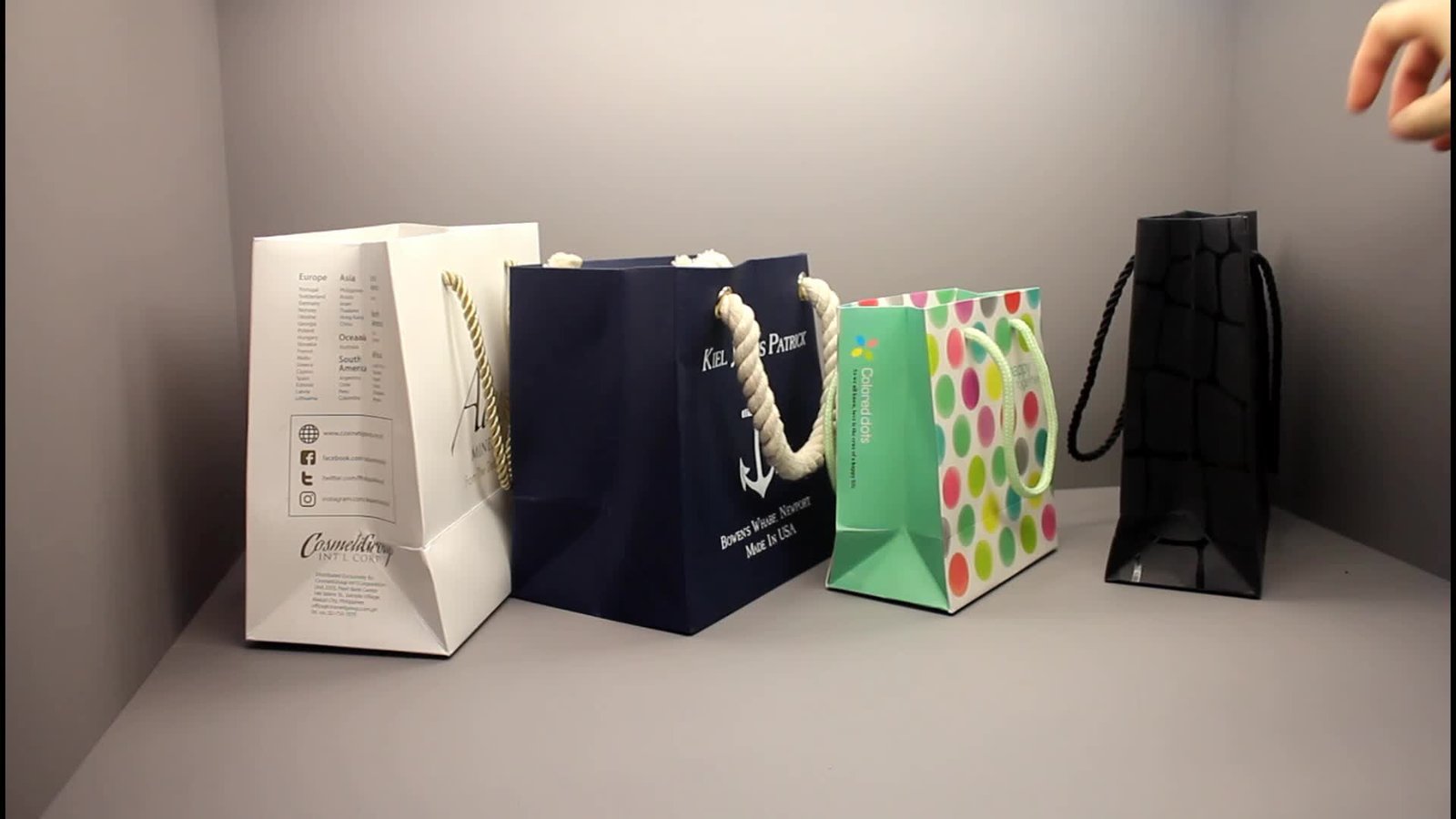The purpose of this guide to CFDs is to help you understand how CFD trading works and how to create a good trading strategy. This should include the following points:
Entry
There are so many avenues that it is difficult to list them to assess a potential entry point. Changing averages, trend lines, chart patterns, candlesticks, rate of support/resistance, a wealth of technical metrics, and much more can be used. Then, the numerous permutations are infinite as you try to imagine using these items together.
And that’s apart from any fundamental research you might care to add (profits, distributions, P/E ratios, etc.).
Too many people think that the only necessary thing is a secure entrance, but oddly, this may be one of the least important components of a successful plan. With slightly less than 50 percent of winning trades, you will potentially make a decent profit, given the rest of your plan, like money management, is reasonable.
Timeframe
If you want to be an operator in Buy and Hold or a shorter-term dealer, you need to determine. In minutes or even seconds, day traders would have time frames. They use Real-Time (RT) graphs that display the actual price on the Stock Market floor. The app for real-time charting is quite a bit more costly than EoD and only benefits if you sit in front of the displays to do your trading. Day traders typically close all transactions by the end of the day and begin the next day again with a clean slate. They aim for minimal point profits in each deal but use large positions and open and close many trades every day (often many).
Swing traders will check for short market changes or short patterns and research, will use End Of Day (EoD) maps. A trade could last from a few days to a couple of weeks.
Longer-term positions that last weeks or months, some traders prefer. Your CFD trading strategy can determine your period or develop a plan to fit your desired time frame.
Your period would also determine the time you will commit to your trading.
Money and Risk Management
You ought to look at how many you are willing to trade for, how much you are ready to lose each specific trade, and the scale of your trades. If trading does not go well, the aim is to conserve money, so you really can’t sell any more until you are out of cash. Many of these issues were discussed earlier in this book, so a factor worth noting is that if your maximum cost is a percentage of money, your risk in cash will reduce if your capital declines. This is an excellent way to protect the capital. Often, note the average exposure in all positions if you are opening more than one trade at a time.
Stop Loss
The most challenging aspect of building a CFD trading plan is deciding where your stop loss should be put because it is often a compromise. Any traders may not allow the use of stop losses. My firm conviction is that you must manage the overall trading risk or have no control over it. An essential aspect of your plan must be to put your stop to defeat, and you must commit to it until you determine. The risk of not putting a stop is that to see how it turns around. You are still inclined to let the failure go for a little longer. This is a sure indication that you are trading on emotion now and not on a sound approach. Probably a tragedy formula when the thoughts (fear and greed) are just about the world’s worst traders-more about that later.
Exit Point
There are a few simple approaches for determining whether a trade should be closed.
Through utilizing different technical methods, including Fibonacci retracements or forecasts, projections from chart trends, help or resistance levels, and several others, you will exit at a determined target price.
It will take some reasonably sophisticated technological expertise to evaluate relatively reasonable goal prices, and it is outside the reach and intent of this guide. I recommend you ask for a book on technical research for your birthday if you’ve never heard of Fibonacci!
As an option, whether the price goes in your favor by a certain amount of points or a percentage of expense, you may determine that you are happy to take advantage. I know one trader who, after he has made £ 100, still closes a deal. I’m not convinced it’s a smart plan, but at least it’s a method for resolution.
Or a trailing pause (that you step up as the exchange progresses) can be used, and you can only continue in the trade before you stop. They all have their merits and downfalls with all these tactics.





